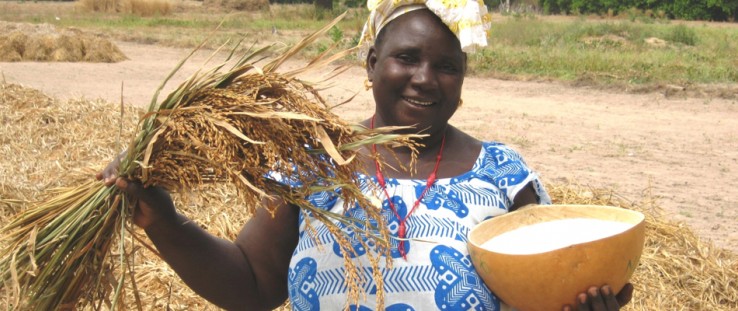 Coumbayel Coulibaly displays the fruits of the harvest.
USAID/PCE
Coumbayel Coulibaly displays the fruits of the harvest.
USAID/PCE
 Coumbayel Coulibaly displays the fruits of the harvest.
USAID/PCE
Coumbayel Coulibaly displays the fruits of the harvest.
USAID/PCE
Mamadou Coulibaly had just about enough with farming in the arid fields of southern Senegal. Dependent on a short, unpredictable rainy season, he saw his yields vary so wildly that by 1999, he gave up on the planting season altogether.
More than a decade later, now working with a new variety of seed and technical assistance provided by Feed the Future through USAID, he is making enough money to add on to his house, invest in motorized farm equipment and raise cattle on the side.
“I stopped cultivating rice several years ago because it just didn’t grow well,” Coulibaly said. “When I learned about NERICA rice from USAID, I took up rice production again. Last year, I sold my rice seeds for more than $2,000.”
Coulibaly is one of more than 7,000 rice farmers in southern Senegal that USAID, through Feed the Future, the U.S. Government’s global hunger and food security initiative, is helping to increase rice production, and improve their food security and household incomes. Working with grassroots NGOs and producer cooperatives, USAID has introduced a hardy and high-yielding new rice variety on a whole new scale.
Rice is a staple food in Senegal, but since it needs more water than other traditional grains such as millet and sorghum, most rice production focuses on the irrigated fields in Senegal River Valley near the Mauritanian border. In the south, farmers have relied on rain for irrigation or planted rice in lowlands similar to irrigated paddy.
Considerable expanses of arable land not prone to flooding were previously used for traditional low-yield cereals with limited market demand. Traditional rain-fed rice varieties and poor seed stock have historically produced restrained yields of a meager single ton per hectare, which means most farmers can’t grow enough to meet their families’ needs.
In response to this challenge, USAID in 2010 launched a project introducing high-yielding rain-fed NERICA, or New Rice for Africa, which offers yields of 4 tons per hectare—four times the current levels achieved.
Some NERICA varieties are adapted to lowland areas prone to flooding during the rainy season, and others to upland cropping—giving farmers in the south a chance to sharply increase their traditional lowland yields. More importantly, NERICA opens the vast upland fields to high-yielding rice production without investing in irrigation infrastructure.
NERICA was developed in the early 1990s by a team of breeders led by Monty Patrick Jones at AfricaRice’s Mbé research center in Bouaké, Côte d'Ivoire. NERICA is the progeny of hardy indigenous strains of African rice crossed with highly productive Asian varieties.
The result was a “portfolio” of 18 varieties, the most promising of which were field tested by the research center’s regional station in Senegal for compatibility with local conditions. Three NERICA varieties were introduced in 2009, but over the next few years, were multiplied and disseminated to the thousands of rice farmers across the South. A large portion of these farmers are women.
Back in Business
Coulibaly said he is happy to be growing rice again, both seed for resale and paddy rice to feed his family. In 2010, he planted 2.5 hectares and harvested almost 6 tons—keeping enough to feed his family, with 3 tons remaining to sell.
In 2010, USAID’s NERICA program started with 112 farmers. In the past, these farmers only produced enough to feed their families for half the year. But with improved rice varieties, the farmers yielded two to three times more rice. The 104 tons they produced was enough to feed their families the entire year and provide a surplus of 29 tons, which they sold for more than $12,000. The surplus sold is seed, which means that women, who play a central role in high-value seed production, are benefitting from increased profit margins.
These successes have set the stage to scale up. In 2012, nearly 7,500 producers introduced NERICA varieties and seed, and farmers learned best cultivation practices. As many as 200 demonstration sites ensure the production of certified seeds for future seasons. In Coulibaly’s area alone, the program has partnered with a local NGO that expanded demonstrations, trainings and access to seeds for 800 farm households.
This also makes Coulibaly’s wife, Coumbayel, and their neighbors, very happy.
“We love rice and we eat it three times a day, but previously we could not produce enough ourselves and often had to buy it,” she said. “Since USAID brought us the new rice, we have much more to feed our children. The income from the sale of the new seeds also helps us buy other food and pay for medicine and schoolbooks.”
NERICA rice also tastes good and is easy to cook, Coumbayel added.
A Strong Network of Growers
As part of the Feed the Future goal to reduce poverty and undernutrition, the NERICA program is scaling up by developing a strong network of certified seed growers. The rising demand for certified NERICA seed is being met by a supply that has risen from a mere 2 tons of foundation seed in 2009 to 500 tons harvested in 2012-13, enough for 12,000 families to plant 6,000 hectares.
This did not happen by chance. USAID has supported the creation of a new association of NERICA seed producers active throughout the south of Senegal, which has successfully negotiated loans with local banks to fund their expanding production program. With his two-year track record, Coulibaly was eligible for such a loan.
“With the loan I got this year, I harvested 25 tons of NERICA seeds,” Coulibaly said. “That’s $16,000.” He expects to double this figure for the upcoming 2013 rainy season.
“The NERICA program is a central component of USAID’s strategy to implement Feed the Future in Senegal,” said USAID/Senegal Mission Director Henderson Patrick. “Already the project is making a demonstrable difference in transforming farming from a subsistence activity to a profit-making enterprise.”
Rice is among the four staple value chains supported by Feed the Future in Senegal, along with millet, maize and fisheries.
Rose Kane is communications manager for USAID’s Economic Growth Project in Senegal
The Best Eggplants in Town
By Zack Taylor
DASSILAMÉ SÉRÈRE, Senegal – Khadi Diouf grows the best eggplants in town and she’s not shy about saying so.
“I’ve never been as successful as I am now,” boasts Diouf, who has been gardening since she got married, which she says was a long time ago.
“I have clients who come all the way out to the garden to buy my eggplant before I can even get them to the market,” she said. Eggplant, along with okra, is a key ingredient in the region’s signature dish of fish and vegetables served over rice.
Beyond her years of experience, there are two principal reasons for her success. Her garden is protected from the large population of cows, goats and sheep—which in years past could destroy an entire crop in a matter of hours—by a fence around the perimeter of dozens of neatly delineated garden plots, and irrigated by a new well close by.
In the Toubacouta region of southern Senegal, USAID has cleared and fenced in five plots of up to 10 hectares, and installed two wells per hectare, each having two water retention basins. Through its agriculture and natural resources project under the U.S. Government’s global hunger and food security initiative called Feed the Future, USAID also provides training to teach the gardeners how to plan production, including topics such as what crops grow best during the rainy and dry seasons, and how to conserve soil. They learn how to alternate crop varieties depending on the nutrients they take from the soil, and minimize diseases.
The women grow crops like onions, rice, okra and eggplant throughout the year.
“The wells allow me to grow enough to help feed my family and supplement my income by selling the rest,” said another gardener, Diara Mané, a mother of five.
Overall, the project, which began in 2010, supports five sites comprised of about 120 gardeners each, almost all women. The region’s proximity to the brackish Sine Saloum estuary, scorching temperatures, and short growing season made it ideal to invest in the fencing of the land previously ravaged by roaming livestock and the drilling of wells to ensure a supply of fresh water.
After paying an annual fee of about $15, gardeners are allotted plots of about 100 square meters and make daily trips to the sites to tend to their cultivations. Gardeners decide, based on their own family needs, how much to retain and how much to ship to market. For women like Mané, who had next to no income, the $300 to $400 they can fetch from each harvest is liberating.
“Having secure income and my own food is a beautiful thing,” Mané said. “The more my husband [a construction laborer] is earning at a certain time, the more I can sell to buy clothes for the children and pay school fees.”
To ensure the water table stays adequately high, USAID has constructed a series of water-management dams that form lakes in the valleys during the rainy season, maintaining a secure supply of water for irrigation throughout the year.
Market gardens play into USAID’s overall strategy in Senegal on several levels. Women make up nearly 90 percent of the gardeners, giving them new opportunities to independently earn money and responsibility for safeguarding the food security of their families.
The gardens, which permit the cultivation of crops previously not grown in the southern lowlands, also improve family nutrition, a major priority under Feed the Future, because they provide access to fruits and vegetables not always available for growing children.
Finally, USAID trains women in all elements of the value chain. While they are primarily producers, they also learn about seed quality, pricing and distribution—whether dealing with rainy-season harvest or off-season crops unviable in the region without introducing wells and enclosures.
In northern food-insecure regions, USAID implements similar activities in support of Feed the Future that add a nutrition component to the gardening activities, ensuring better health for generations to come.







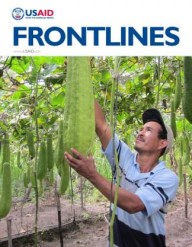

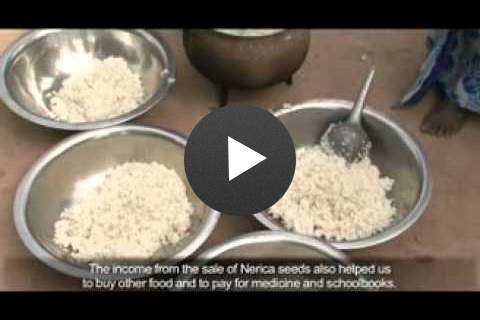

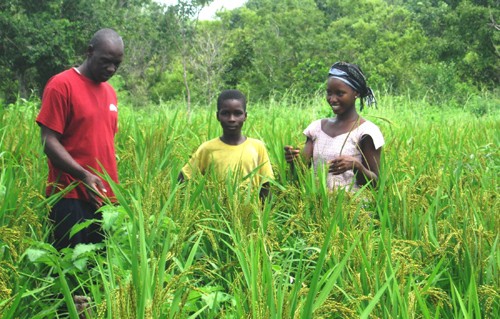
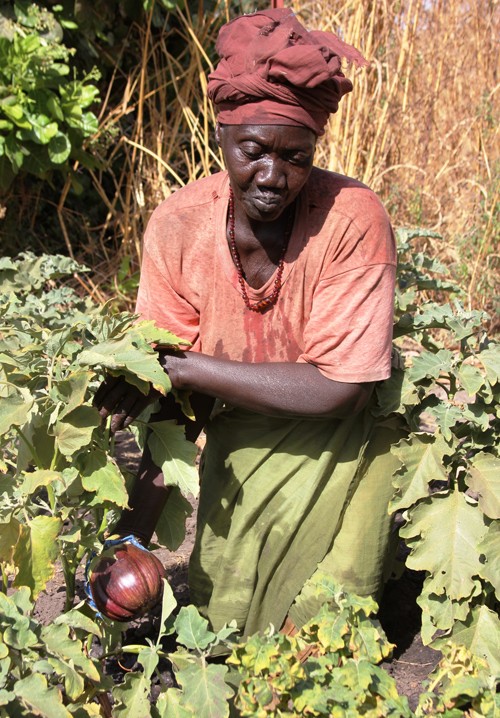
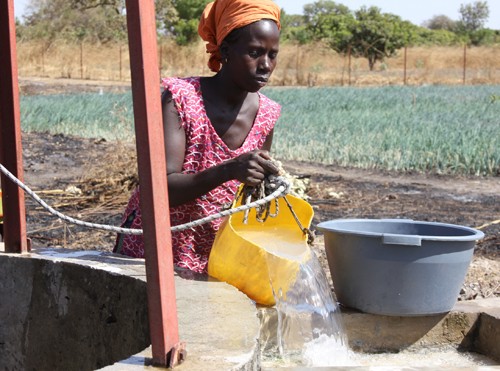
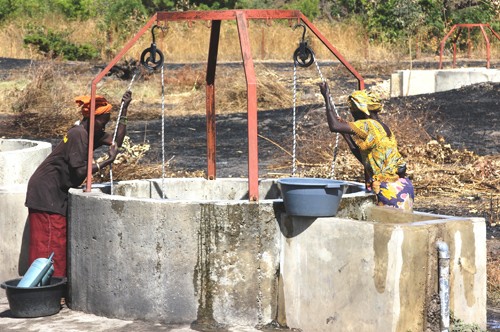
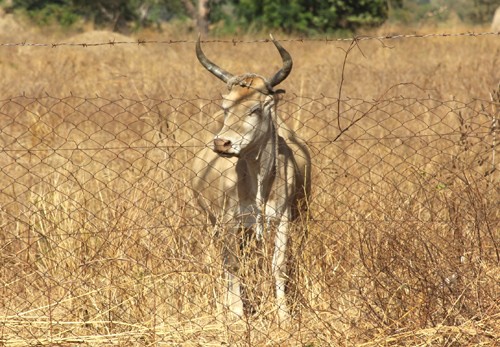
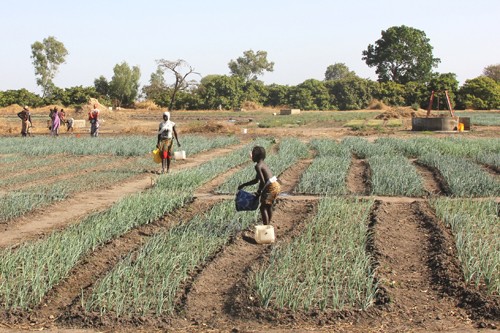
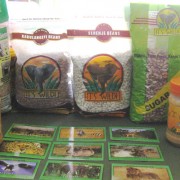
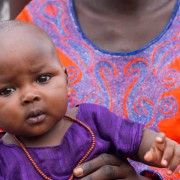
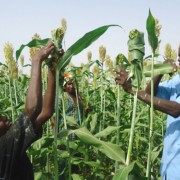
Comment
Make a general inquiry or suggest an improvement.